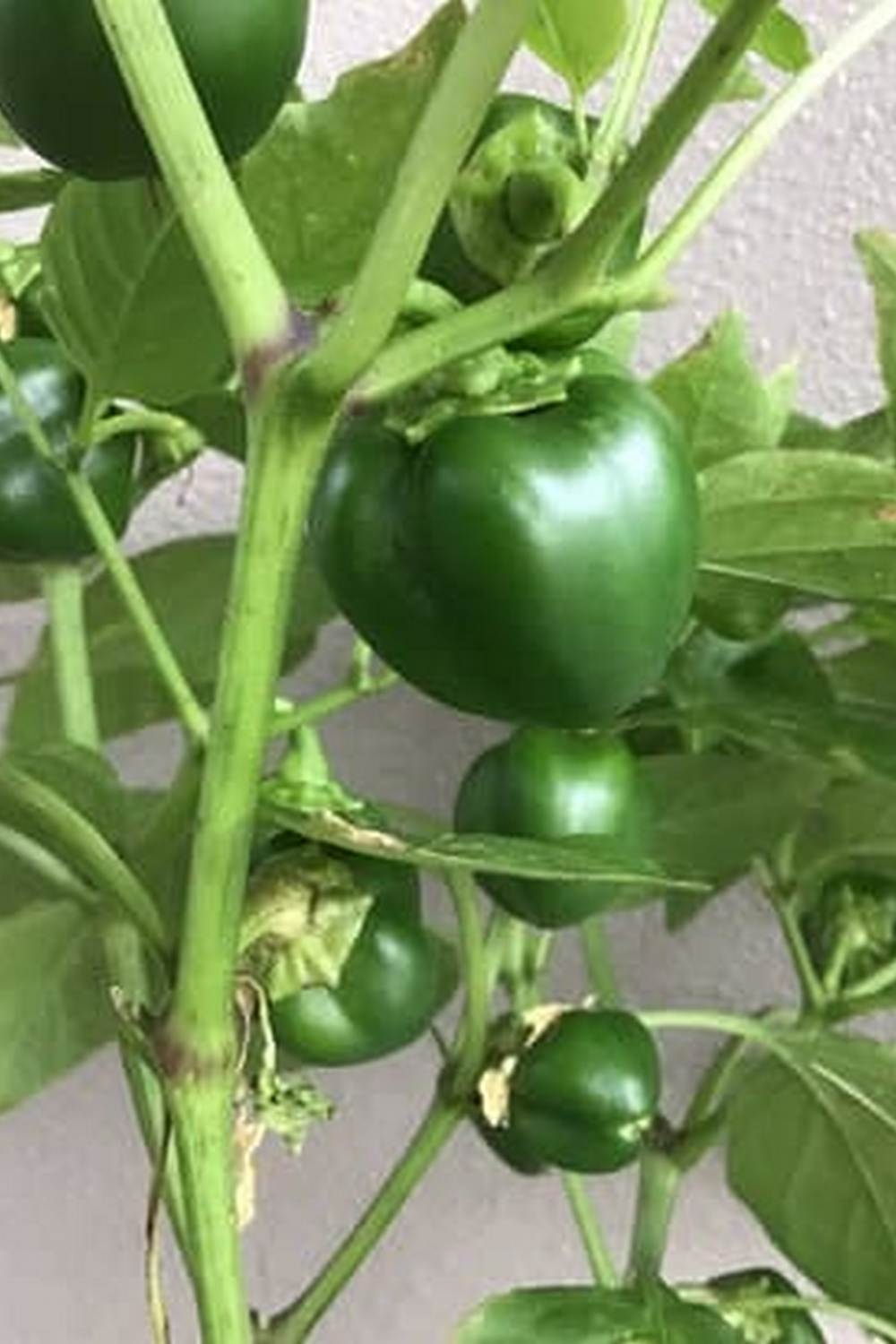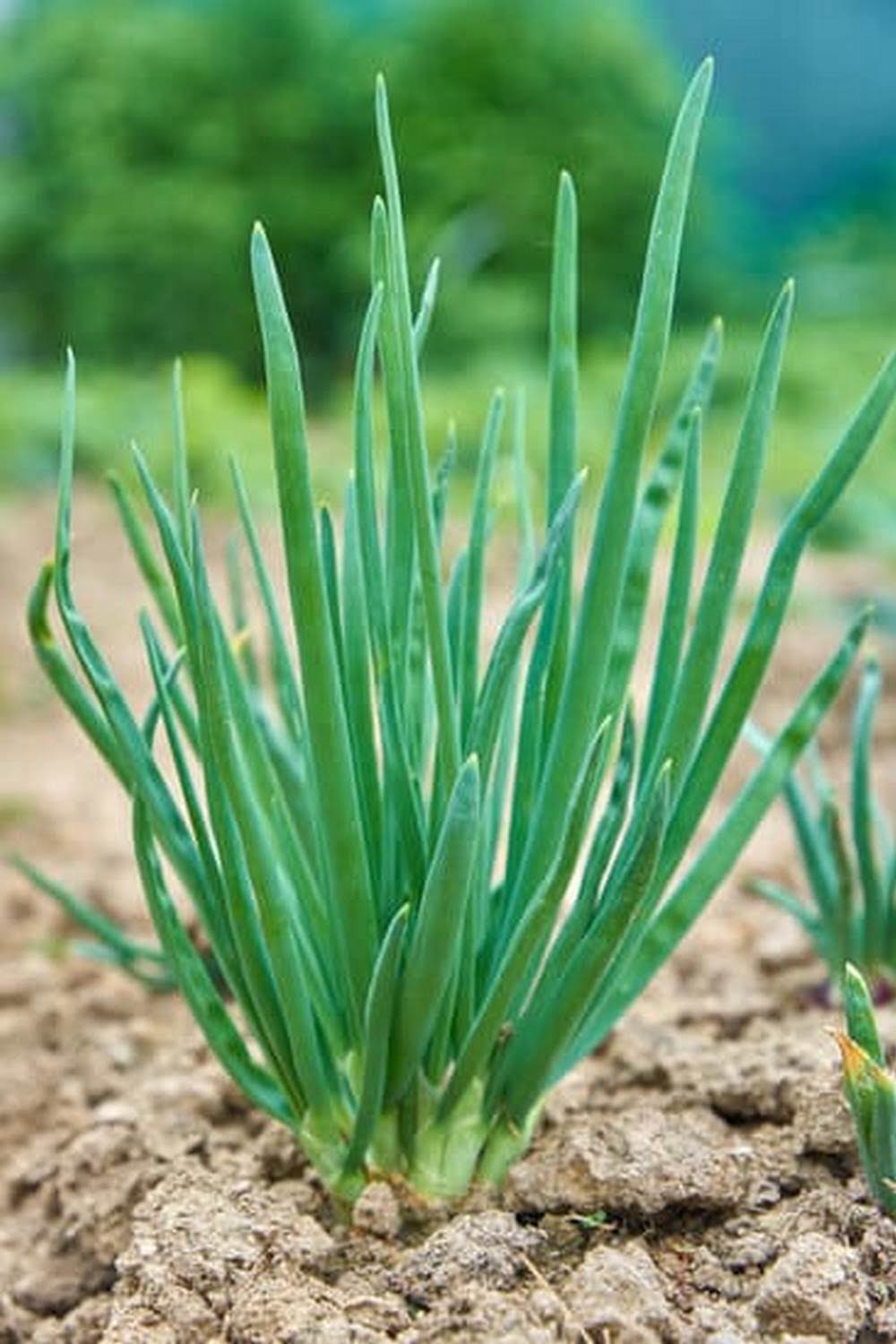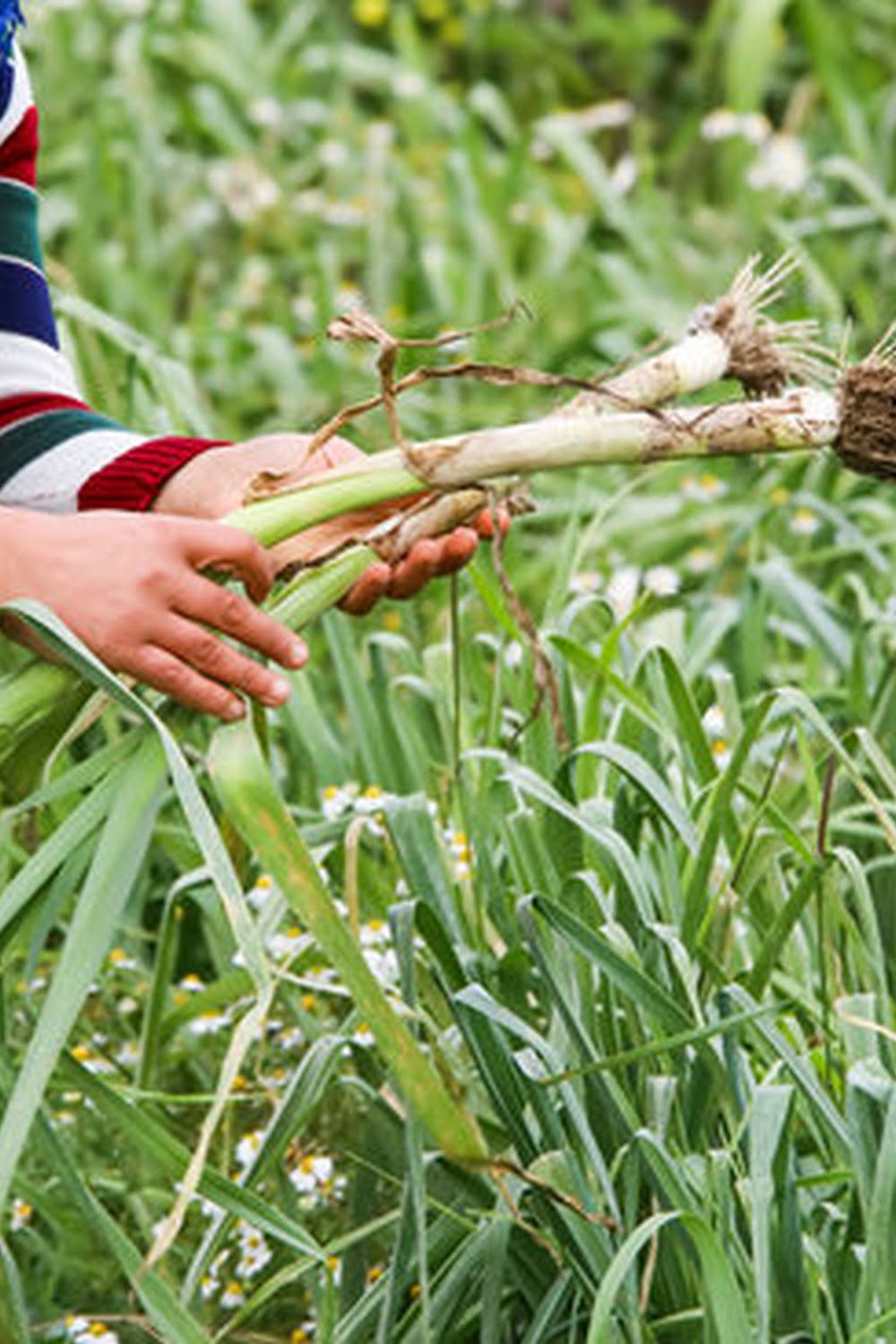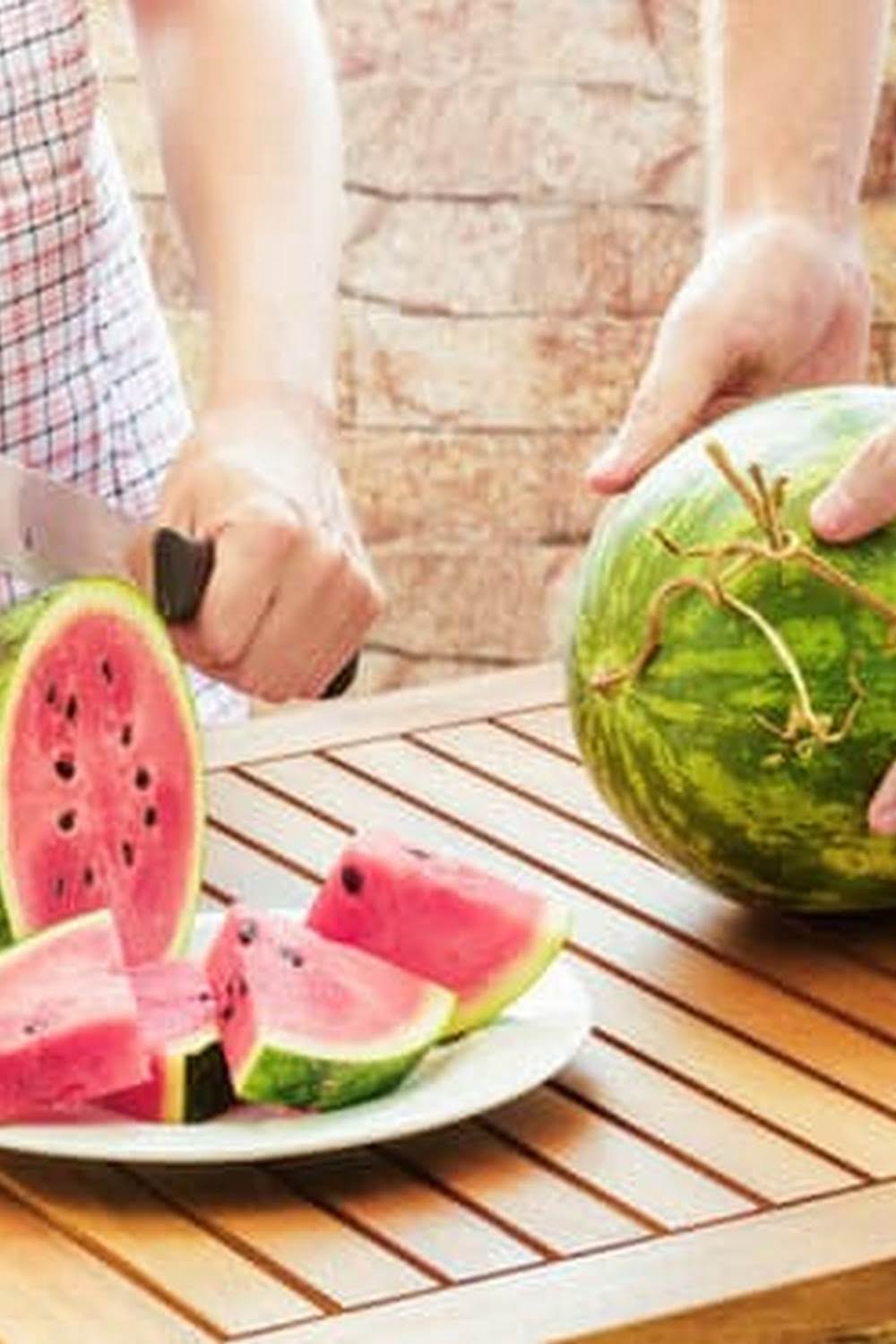How To Prepare The Soil For Vegetable Garden
The preparation of the soil is one of the most important steps in planting a vegetable garden. The soil must be fertile, well drained and have the right pH balance. The steps in preparing the soil are as follows:
1. Test the soil pH. The pH of the soil should be between 6.0 and 7.0 for most vegetables. If the pH is not within this range, the soil can be amended with lime or sulfur to adjust the pH.
2. Amend the soil with compost or manure. Organic matter such as compost or manure will help to improve the fertility and drainage of the soil.
3. Till or spade the soil to a depth of 12-18 inches. This will help to loosen the soil and improve drainage.
4. Add a layer of mulch to the soil. This will help to keep the soil moist and will also reduce the need for fertilization.
After preparing the soil, it is time to choose the vegetables that will be planted. There are many different types of vegetables to choose from, so be sure to select those that will grow well in your climate and soil conditions.
Vegetable Garden Soil Types
There are three main types of soil for vegetable gardens: clay, loam and sand. Each type has its own benefits and drawbacks.
Clay soil is heavy and dense. It holds water and nutrients well, but can be difficult to work with. It can also be slow to warm up in the spring, which can delay planting.
Loam soil is a good combination of clay, sand and organic matter. It is easy to work with and warms up quickly in the spring. It also drains well, which is important for vegetable gardens.
Sand soil is light and porous. It drains well and warms up quickly, but does not hold water or nutrients well. It is also more susceptible to erosion.
Organic Soil Amendments For Vegetable Garden
ers
Adding organic matter to your soil is one of the best things you can do for your vegetable garden. The benefits of organic matter are numerous and include improved soil fertility, structure, and water retention.
There are many different types of organic matter that you can add to your soil, but the most common are compost, manure, and green manures. Compost is made from the organic matter that is left over after the organic matter has been broken down by bacteria and fungi. Compost is high in nutrients and is a great way to improve the fertility of your soil.
Manure is also high in nutrients and is a great source of nitrogen, phosphorus, and potassium. However, you should only use manure if it is composted or if it is from a source that is known to be free of pathogens. Green manures are plants that are grown specifically for the purpose of adding organic matter to the soil. Green manures are high in nitrogen and help to improve the fertility of the soil.
There are also many other types of organic matter that you can add to your soil, including peat moss, straw, and leaves. Peat moss is high in organic matter and helps to improve the water retention of the soil. Straw is a great way to add organic matter to sandy soils and helps to improve the structure of the soil. Leaves are a great source of nutrients and help to improve the fertility of the soil.
Adding organic matter to your soil is a great way to improve the fertility, structure, and water retention of your soil. The best way to add organic matter is by using compost, manure, or green manures.
Fertilizing Soil For Vegetable Garden
When it comes to fertilizing soil for vegetable garden, there are many different methods and products to choose from. The key is to find the right fertilizer for your garden’s specific needs, and to use it at the right time.
Organic fertilizers, such as compost, are a great choice for vegetable gardens. They are slow-release, so they provide nutrients to the plants over a long period of time. In addition, they help to improve the soil’s structure and fertility.
Inorganic fertilizers, such as ammonium nitrate, are also available. They are fast-release, which means that the plants can immediately use the nutrients they provide. However, they can also be harmful to the soil and the environment, so it is important to use them sparingly.
When it comes to fertilizing soil for vegetable garden, there are many different methods and products to choose from. The key is to find the right fertilizer for your garden’s specific needs, and to use it at the right time.
Organic fertilizers, such as compost, are a great choice for vegetable gardens. They are slow-release, so they provide nutrients to the plants over a long period of time. In addition, they help to improve the soil’s structure and fertility.
Inorganic fertilizers, such as ammonium nitrate, are also available. They are fast-release, which means that the plants can immediately use the nutrients they provide. However, they can also be harmful to the soil and the environment, so it is important to use them sparingly.
What To Put In Your Vegetable Garden Soil
When you are planning your vegetable garden, you need to think about more than just what plants you want to grow. You also need to think about the type of soil you will be planting in. Not all soils are created equal, and not all plants will grow well in every type of soil.
One of the most important factors to consider when choosing a soil for your vegetable garden is the pH level. The pH level is a measure of how acidic or alkaline the soil is. Most vegetables prefer a soil that is slightly acidic, with a pH level of 6.5 to 7.0. If your soil is too acidic or too alkaline, your plants will not grow well, or may not be able to survive at all.
Another important factor to consider when choosing a soil for your vegetable garden is the type of soil. There are three main types of soil: sandy soil, clay soil, and loamy soil. Each type of soil has its own set of benefits and drawbacks.
Sandy soil is light and airy, and it drains well. This makes it a good choice for vegetable gardens in areas that have a lot of rain or that are prone to flooding. However, sandy soil does not hold water or nutrients well, so you will need to add a lot of organic matter to it to make it fertile.
Clay soil is heavy and dense, and it does not drain well. This makes it a good choice for vegetable gardens in areas that have a lot of sun and little rain. However, clay soil is not very fertile, so you will need to add a lot of organic matter to it to make it fertile.
Loamy soil is a combination of sand, clay, and organic matter. It is the best type of soil for vegetable gardens, because it is fertile, drains well, and holds water and nutrients well.
If your soil is not ideal for growing vegetables, you can improve it by adding organic matter. Organic matter can be added in the form of compost, manure, or leaf mold. Compost is made from organic materials, such as leaves, grass clippings, and kitchen scraps. Manure is made from animal waste, and leaf mold is made from decomposed leaves. All of these materials are high in nutrients, which will help to improve the fertility of your soil.
If you are not able to add organic matter to your soil, you can also add fertilizer. Fertilizer is a substance that is high in nutrients, and it is used to improve the fertility of soil. There are many different types of fertilizer available, and you should choose one that is suited for your soil type.
So, what should you put in your vegetable garden soil? If your soil is not ideal, you should add organic matter to improve its fertility. You can also add fertilizer to improve the nutrients available to your plants.

If you’re looking to get into vegetable gardening, or are just looking for some tips on how to make your current garden better, then you’ve come to the right place! My name is Ethel and I have been gardening for years. In this blog, I’m going to share with you some of my best tips on how to create a successful vegetable garden.





